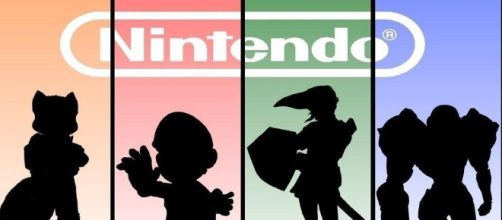Several years ago, Nintendo launched the “Wii.” It became a resounding success with many different age demographics. It got people moving when they gamed, or at least figuring out how to “life-hack” ways to beat the system. But there were also extras Nintendo introduced with claims of being required to play certain things.
These things ranged from controllers to better motion capabilities, and even decorative console display accessories. Even though these things were completely up to the consumer, many felt like they had to have them, and your local Gamestop suffered from a flood of peripherals after gamers finally started to catch on.
Our wallets are going hurt for this one.
The “Nintendo Switch” seems to be following in the footsteps of the “Wii” and “Wii U” and it is not a pretty picture.
First off, let’s look at the price point of the “Switch.” This is set at $299.99, as I reported the other day, and it is a great introductory price which should lead to a lot of revenue. However, if you want the “Nintendo Switch” to do everything the system was intended to do, it’s going to cost you.
For starters, the Joy-Con grips that come with the system will not charge. Which seems like a huge flaw. In fact they won’t charge unless they are plugged into the tablet screen or if you spend another $30 to purchase chargeable grips. Then there’s the case of the Pro Controller.
Most of the time you can dismiss these types of controllers, but there’s huge speculation these specific controllers will better enhance the gaming experience for players. The price point of these? $70, which is roughly five dollars more than the average PlayStation 4 and Xbox One controllers.
If you want a friend to join you in any of the two-player action, you will have to shell out an additional $80 bucks for a pair of Joy-Con controllers. Of course, if you want to have different color Joy-Con (because we all need that) left and right Joy-Con controllers will run you around $50 for each. Personally, i think someone needs to talk to the sales department at Nintendo, because that math doesn’t seem right.
The biggest hit from the marketing department of the “Switch” comes from the Switch Dock. One of the more advantageous aspects of the “Switch” is the ability to carry your screen from location to location to play on any TV. However, you will need this docking station in order to do so. This really isn’t that big of a deal, especially since you can still transfer the system the same way we have been doing since the NES. Unfortunately, if you want to take advantage of this “revolutionary” feature it’s going to run you an additional $90.
New features, Same Nintendo
With these additional charges, plus announcement of Nintendo’s online service coming at a cost to players and the expandable storage options; players should think cautiously before diving head first into their “Switch” purchase. Admittedly this doesn’t come as much of a surprise, and this point was driven home more when, after explaining things to my non-gaming wife, she pointed out this was, in fact, typical Nintendo.

